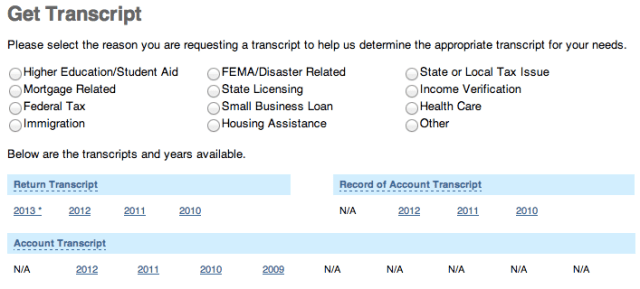If you are working on your taxes and need tax help, the IRS website has the tax help and information you need.
Taxpayers are strongly encouraged to explore the various self-service, technology-based options that exist for tax help and tax return preparation on IRS.gov. Taxpayers should be aware that due to limited resources, individualized tax help on IRS toll-free lines and Taxpayer Assistance Centers has changed beginning this year. More information on service changes for the 2014 tax season is available on IRS.gov.
The quickest way to get information and help is through IRS.gov. The web site is available 24/7, so you can get tax help any time you need. You may wish to bookmark 1040 Central as your go-to page for tax help. This web page has information and links to many helpful tools, products and services that will help you prepare and file your tax return. They include:
- Tax Forms and Publications. Download tax forms and publications. Many publications are also available in Spanish.
- IRS Tools. You’ll find several tools and self-service options on IRS.gov to help you with your taxes.
- Here are just a few:
- Use the Interactive Tax Assistant to answer many of your tax questions.
- Find out if you’re eligible for the Earned Income Tax Credit by using the EITC Assistant.
- Use the AMT Assistant tool to find out if you may need to pay Alternative Minimum Tax.
- Track your refund using the ‘Where’s My Refund?’ tool.
- Use Free File to e-file for free. Most people e-file their tax return these days. Everyone can use IRS Free File to prepare and e-file their federal taxes for free. The only way to use this program is through the IRS website. If you made $58,000 or less, you can use free tax software. If your income is more than $58,000 and you feel comfortable doing your own taxes, use Free File Fillable Forms. This option has the electronic versions of IRS paper forms.
- Get taxes done with VITA or TCE. You may be able to get free tax preparation at a Volunteer Income Tax Assistance or Tax Counseling for the Elderly site. IRS-trained volunteers can help you get the tax credits and deductions you’re entitled to claim. The VITA program generally offers free tax return preparation and e-filing to people who earn $52,000 or less. The TCE program offers help mainly to people 60 or older. Thousands of free tax preparation sites around the nation will open in late Jan. and early Feb. Visit IRS.gov to find the one nearest you.




